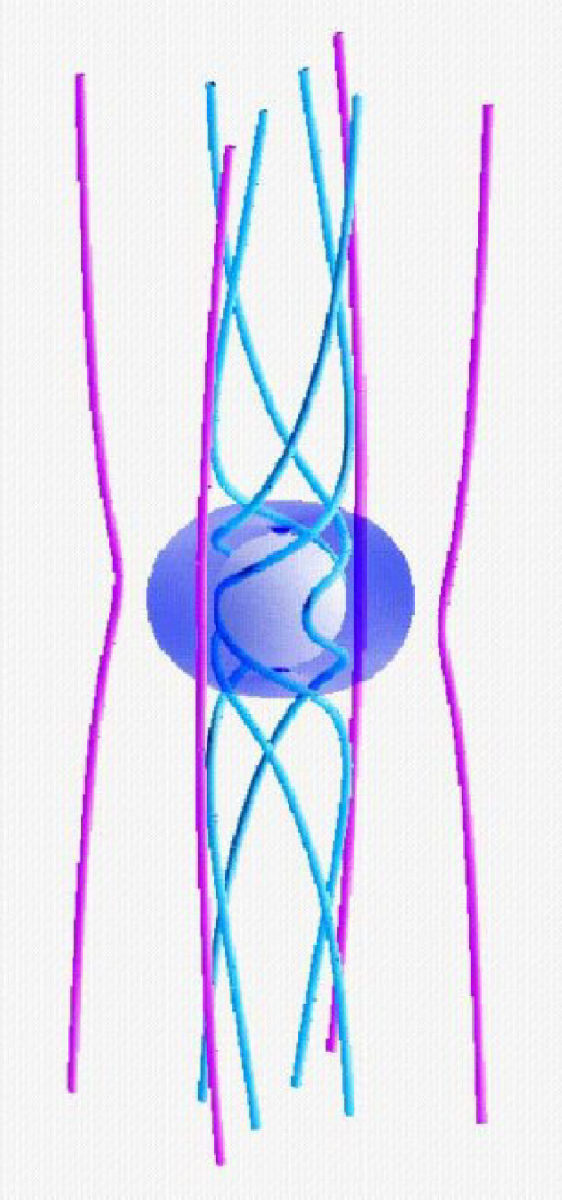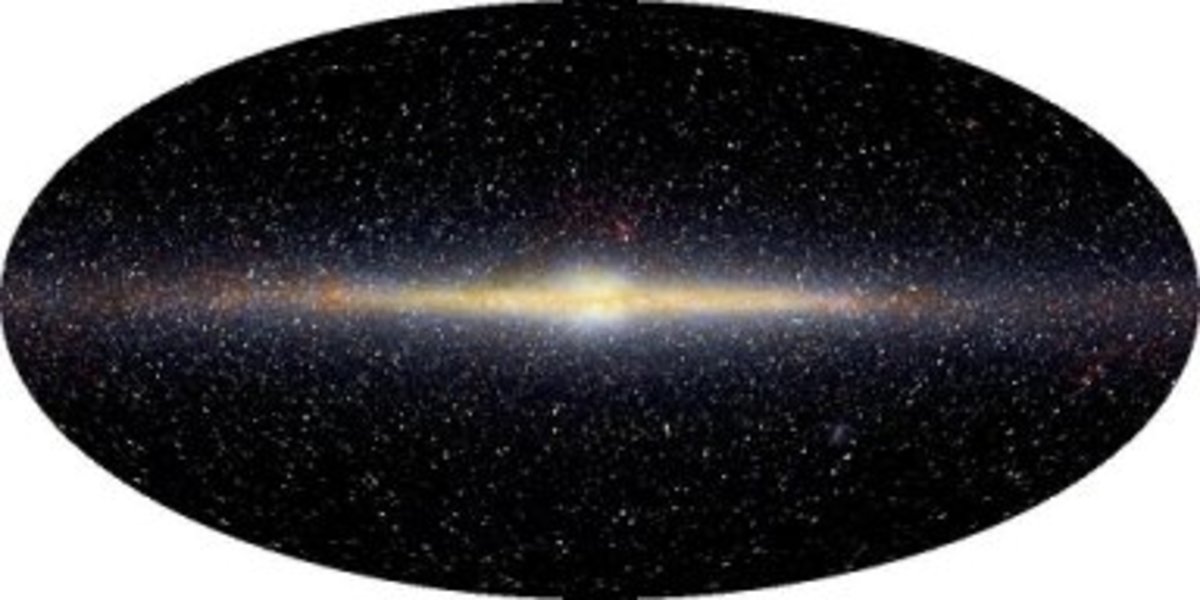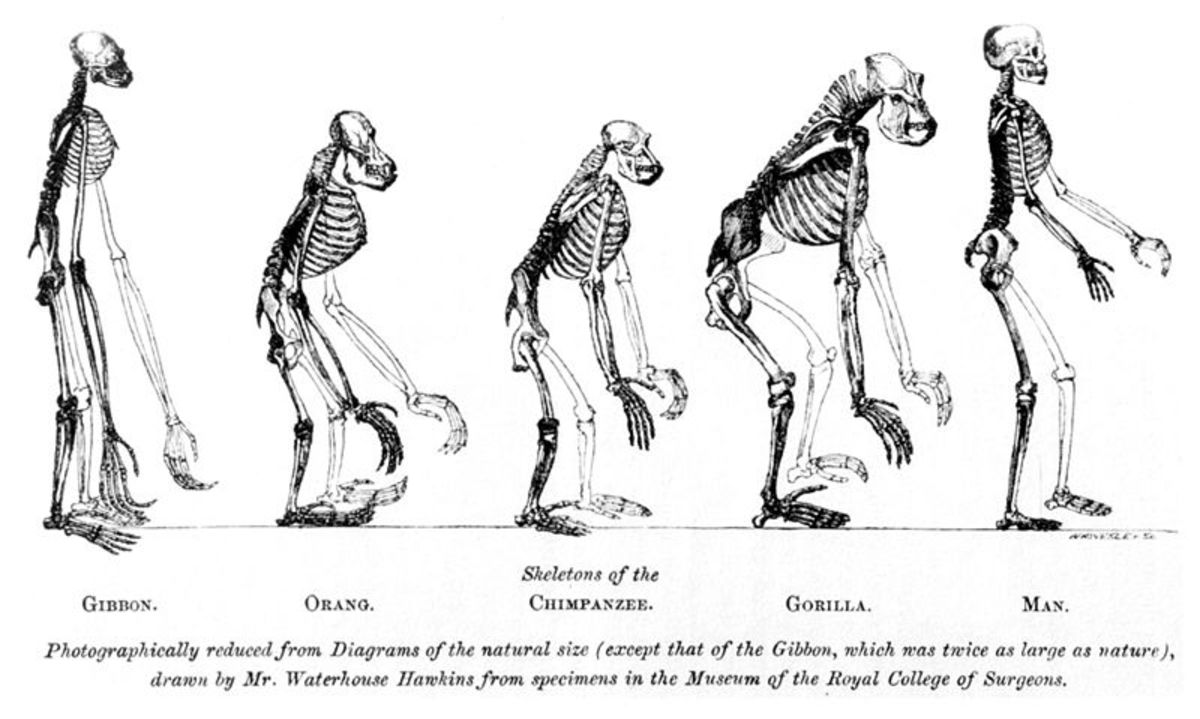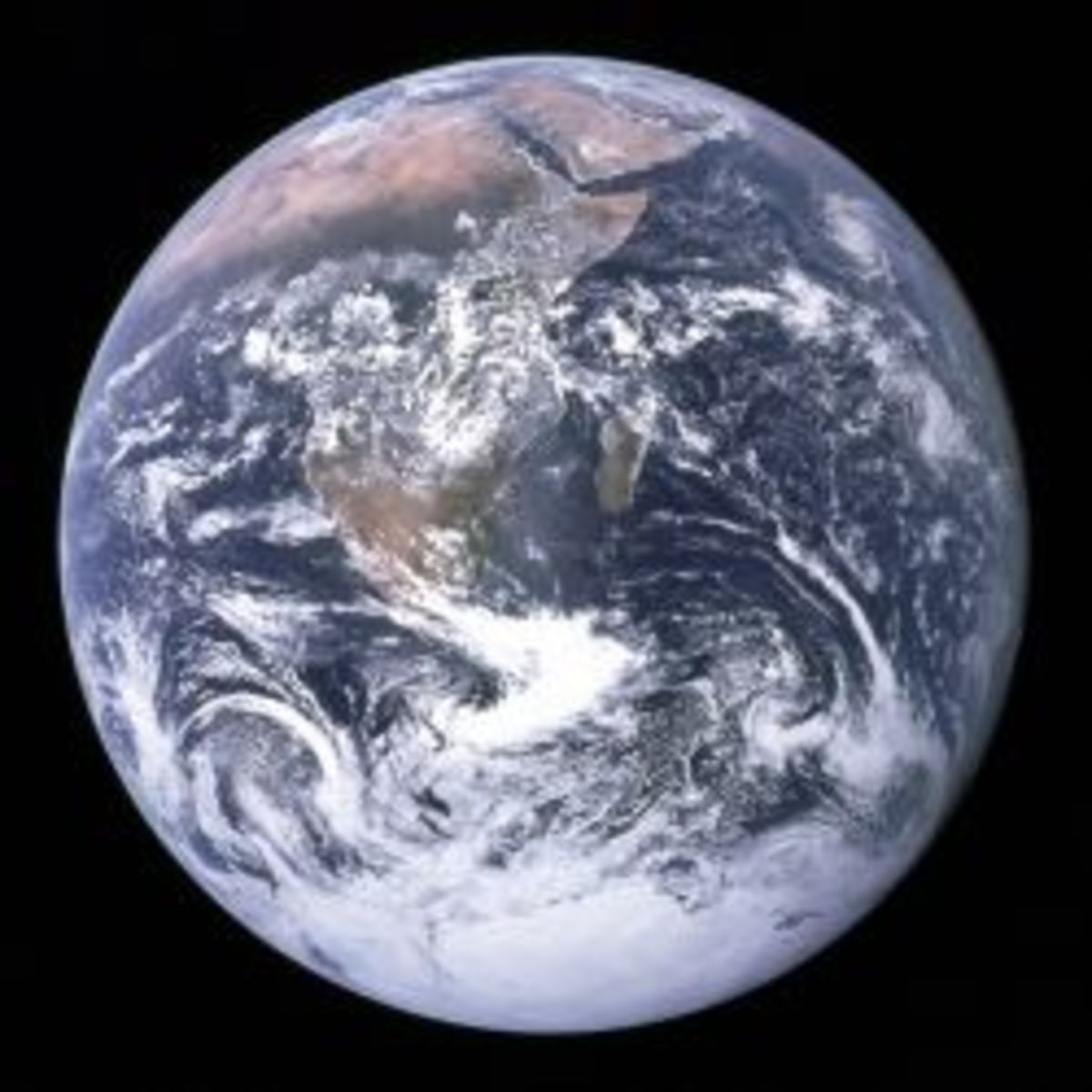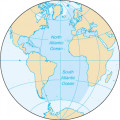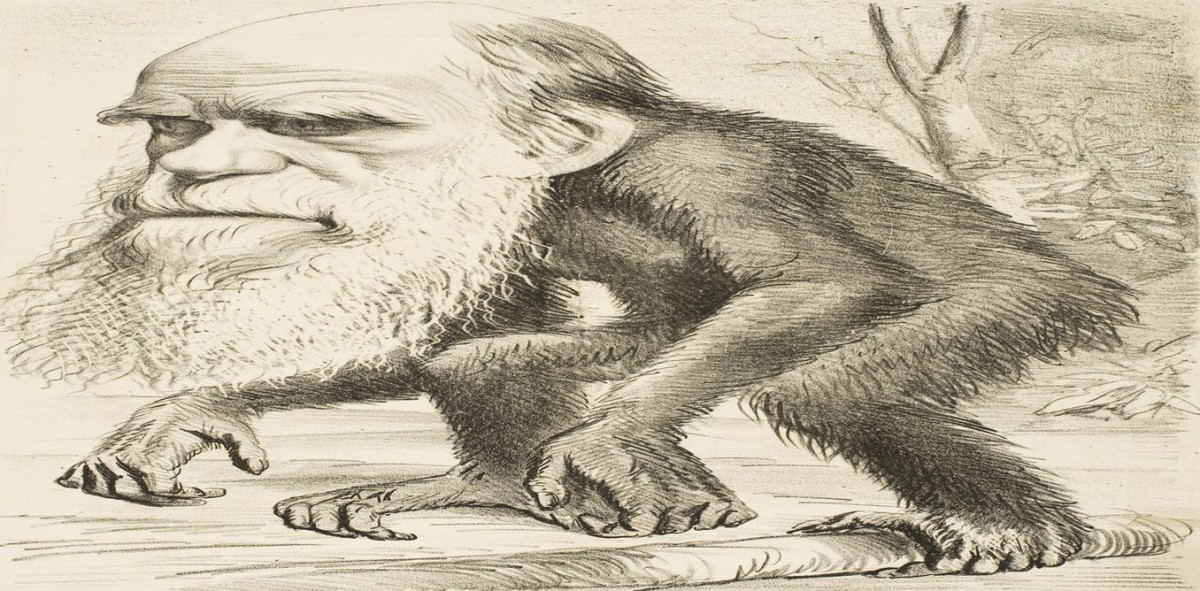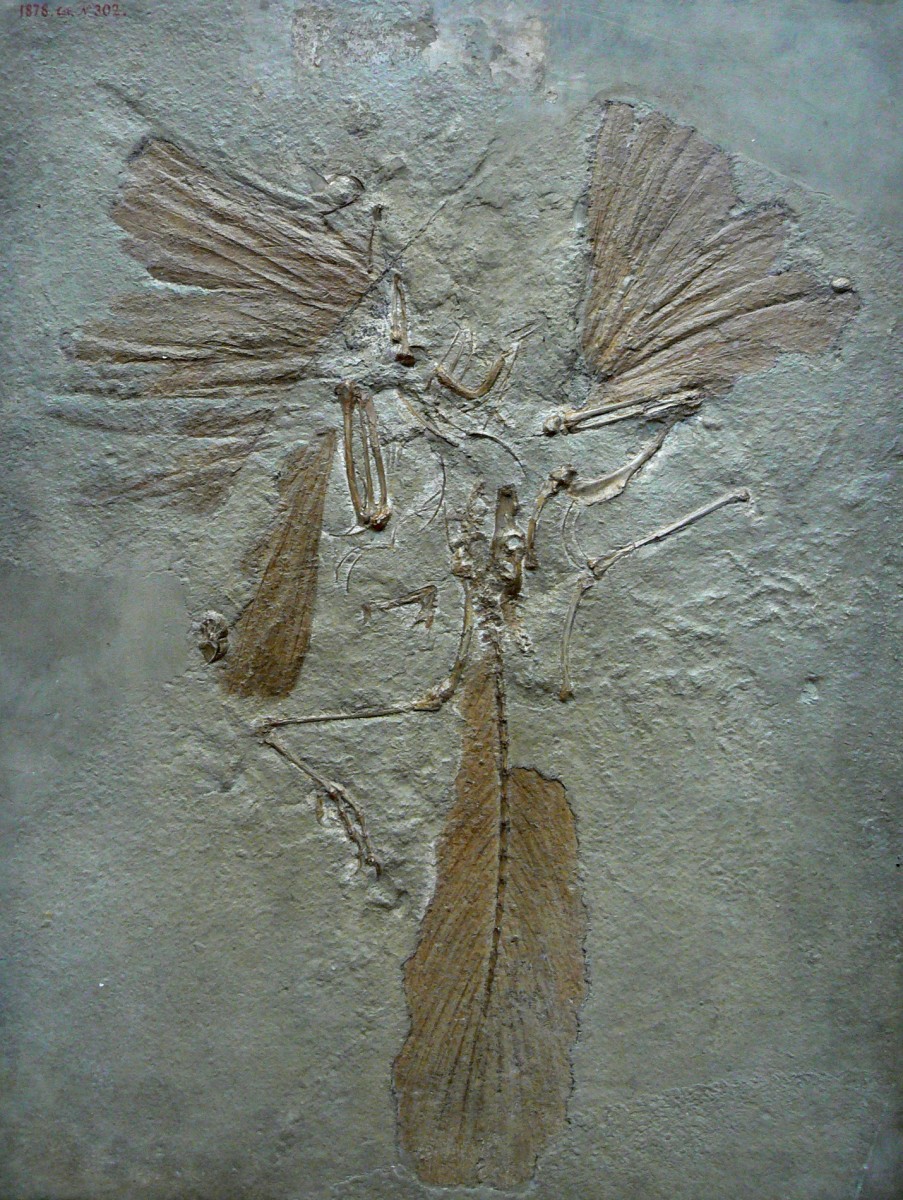Future Evolution: The Rise And Fall Of Man
Human Symmetry
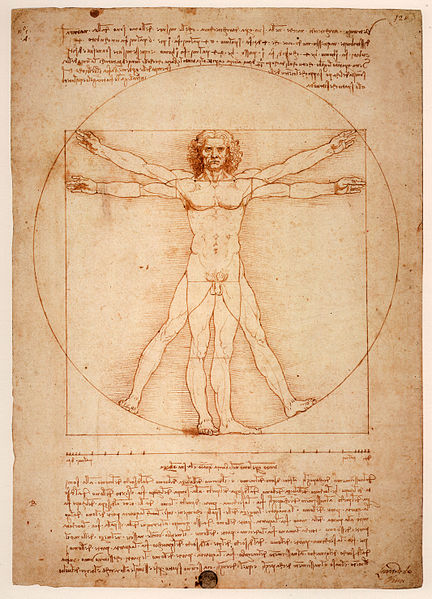
Hard At Work
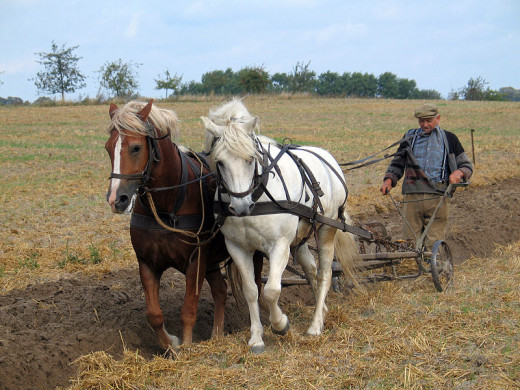
A Global Species
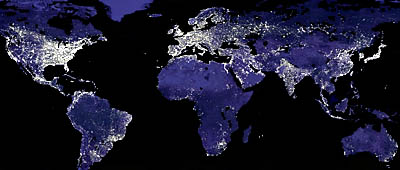
Planet Human
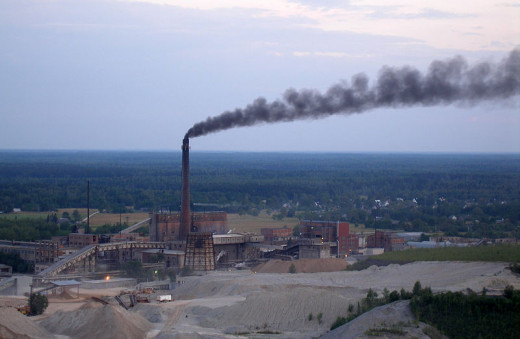
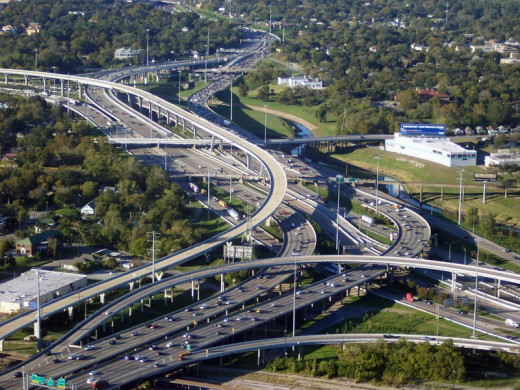
The Origins Of Agriculture
- The Neolithic Revolution: How Farming Changed The World
An article I wrote recently that explores the agricultural revolution that occurred some 10,000 years ago.
The Age Of Man
Originally humans gathered wild plants and hunted animals; in essence they lived a lifestyle that wasn’t too dissimilar to a typical mammalian omnivore. Granted, their superb intellect did allow them to fashion sophisticated tools and form alliances with tribes stretching over a considerable area. Consequently, they quickly developed into some of the most efficient predators that had ever evolved, through the exchange of tools, weapons and ideas. There can be little doubt that humans played a huge role in the extinction of some of the planet’s most charismatic megafauna at the end of the Wurm glaciation, some 12,000 years ago. Even so, compared to what was come; humanity’s impact on the environment during the early part of their history was small.
The first turning point came with a dramatic change in humanity’s lifestyle. Over a relatively short period, they stopped roaming far and wide to hunt and gather. Instead, they decided to settle down and essentially bring the food to them. They cut down large swathes of forest in order to plant crops in vast numbers and domesticated a number of animals they had previously hunted; this was agriculture, and it turned out to be the most profound change of lifestyle in human history, with only the transition from forest living to savannah living some two million years coming close in terms of significance.
Originally, humanity experienced both the benefits and pitfalls of agriculture. While food was abundant, it was also poor of quality, resulting in widespread nutritional deficiencies. Rapidly expanding populations were constantly beset by a wide range of new diseases, many of which had passed directly from their newly domesticated animals. However, the sheer abundance of food coupled with man’s behavioural and cognitive flexibility meant that some humans could escape the hardship of producing food, thus allowing new and spectacular technologies to develop.
With the march of time, so the advance of technology accelerated. Humanity, through the invention of industry was able to produce ever more sophisticated tools in no time at all, and with very little risk to themselves. Inevitably, the natural world suffered at his hand, in order to obtain precious raw materials, mankind removed more and more forests, and even dug away seemingly immovable mountainsides in order to gain access to the fuel that helped power his Industrial Revolution; coal. Within just a few short millennia after the first crops were planted, the surface of the Earth had changed beyond recognition.
The next great advancement if you like, in mankind’s short history was in the field of science and medicine. Firstly, through rigorous scientific study and observation, humanity was able to piece together not only their place in the universe, but the story of their planet, including their own history. It was medicine though, that proved to be the most profound development since the initial development of agriculture. Now it became possible to override the natural checks that had previously operated on human populations. Accidents and diseases were in a sense tamed, to the point where humanity succeeded in eliminating one of its most efficient killers; a virus known as smallpox. Additionally genetic defects, which, previously had died out quickly via natural selection, were allowed to perpetuate, due to the fact that their possessors were allowed to live and reproduce freely. The inevitable result though, was the exponential increase in the world’s population. To give a basis of comparison it took the world’s population 12,000 years to rise from ten million to one billion, however, in just two hundred years, it rose from a billion to an incredible seven billion.
Mankind had in a sense managed to break free from the natural processes of evolution and natural selection. Humans were now able to change their environment to whatever they desired, reaping the short term benefits in the process. However, living outside of evolution had its pitfalls; for now humans evolved not through the passing down of genes, but the passing down of ideas and cultures. Consequently, humanity had denied itself of the long term benefits of natural selection and became over reliant on their own conscious intervention. In a sense, Earth became Planet Human, a poisoned world ravaged by just one species.
Magnetic Reversals
The rate at which new crust is created along a spreading ridge can be measured by studying the magnetic properties of the rocks on either side. As upwelling magma cools, iron-rich minerals within it, orientated by the Earth's magnetic field, are set in position. These reflect the direction and inclination of the magnetic poles at the time the rocks formed. Their magnetism can be mapped by magnetometers, and these reveal symmetrical patterns on either side of a ridge, which show the periodic reversals of the Earth's magnetic field.
Origins Revealed
How The Magnetic Field Will Reverse
Exploring Human Extinction
- Human Extinction: How it Might Happen?
An article I wrote some time ago that explores the various ways that our species could go extinct.
Man's Downfall
For all man’s perceived superiority over the natural world. There remained forces abound that he could exert little or no control over. For example, for time immemorial, the moon has orbited the Earth, and the Earth has orbited the sun. More importantly however, in terms of the survival of human civilisation is the movement of the metallic core deep within the Earth itself. This core generates the magnetic field that had and still has small but subtle influences on life at the surface.
Sometime during their history, humanity discerned from the geological record, that the orientation of the magnetic field changes. At various times in the past for example the magnetic north and south poles have been located at opposite ends of the globe than the respective norm. Humanity never really managed to understand how the field changes, when it changes and how long it takes to play over. In times past, there must have surely been times where the field temporarily ceased to exist as its orientation changed, therefore the influence on life must have been far greater than normal.
In the year 2200 AD, the Earth embarked on its latest magnetic reversal, the first in almost 800,000 years, and thus a whole new experience for modern humans. Geological data informed mankind that such reversals can take anywhere from 1000 to 10,000 years to complete, a rather sobering thought, when you consider that the entire history of human civilisation was contained within just 10,000 years. Equally sobering, is the fact that for the first time in their history, humanity had to survive without any kind of magnetic field.
The most obvious effects were on technology, in terms of both transportation and navigation. Compasses and everything that relies on compass principle ceased to function. Of course, there were certain organisms, such as birds, fish and bees that were particularly sensitive to the Earth’s magnetic field. With its loss, the mechanics of their navigation were severely disrupted and often ceased working altogether.
Physically humanity also had the ability to utilise the field, but had never really had any use for it. With the field gone, people suddenly noticed the loss within themselves, with many, including usually the most levelheaded and practical people become disorientated and confused about direction and time, as well as many other small, but subtle things. In the natural world, the effect is less marked, as most species actually rely on the sun and stars to navigate. However, the loss of the field also means the total loss of the ozone layer. Nearly two hundred years earlier, humanity themselves destroyed a portion of the layer (notably the layer above Antarctica) through their industrial activities and resulting pollution. Now though, the effect is global, thus allowing greater penetration of harmful violet sun rays, or solar radiation. In no time at all, climatic patterns become unstable, wind circulation changes dramatically, as do the nutrient delivering ocean currents. The constantly overcast skies render biological stellar navigation utterly impossible.
Moreover, the increase in ultra-violet rays has obvious effects that humans have long known about, such as severe sunburn and cancers, particularly of the skin. More worryingly though, once rare birth abnormalities become common, putting the species as a whole in danger of extinction. Once reliable radio waves became distorted through cosmic interference, thus resulting in the complete isolation of once joined up human communities. The exchange of information and physical travel via plane, ship or any other craft became impossible. The modern information age ended here.
Over the course of several decades, modern civilisation collapses into warfare, cannibalism and environmental ruin. Ultimately, as their world broke down, humanity would discover that they were still, after all, just animals embedded in an ecosystem; and as it died back, so did they. Ultimately, they would survive, but now, without their technology, they were once again at the full mercy of natural selection.
More to Follow...
© 2013 James Kenny

